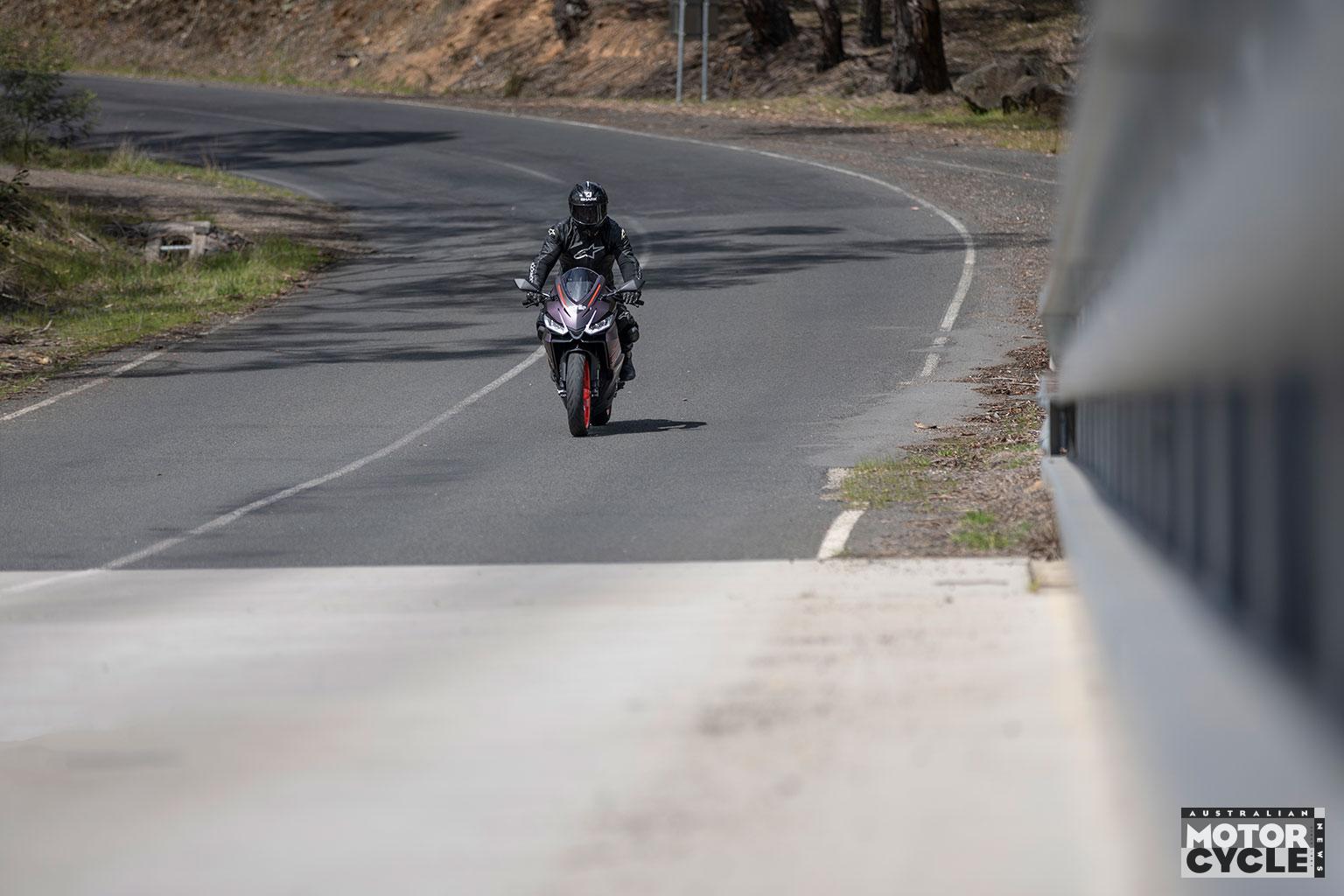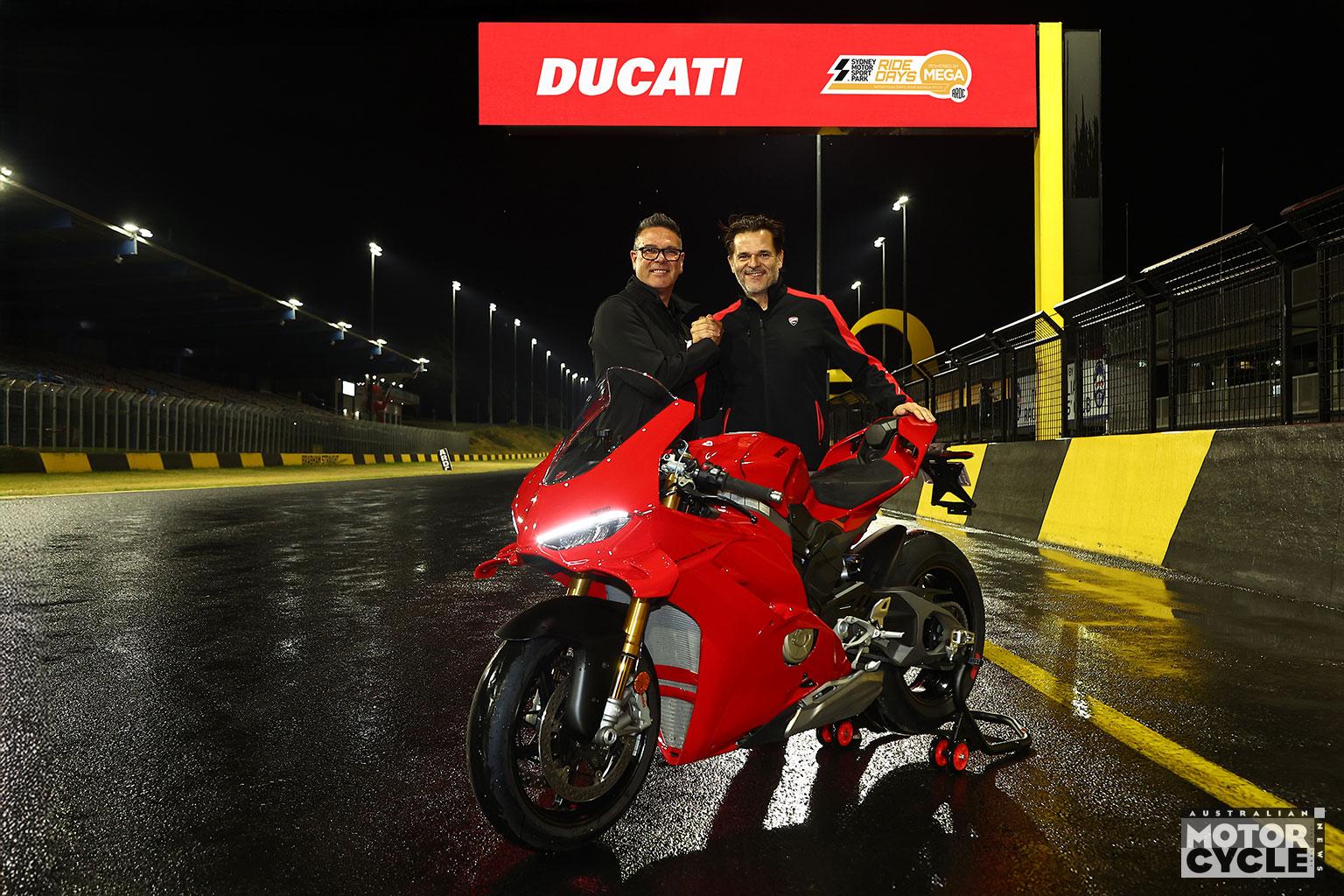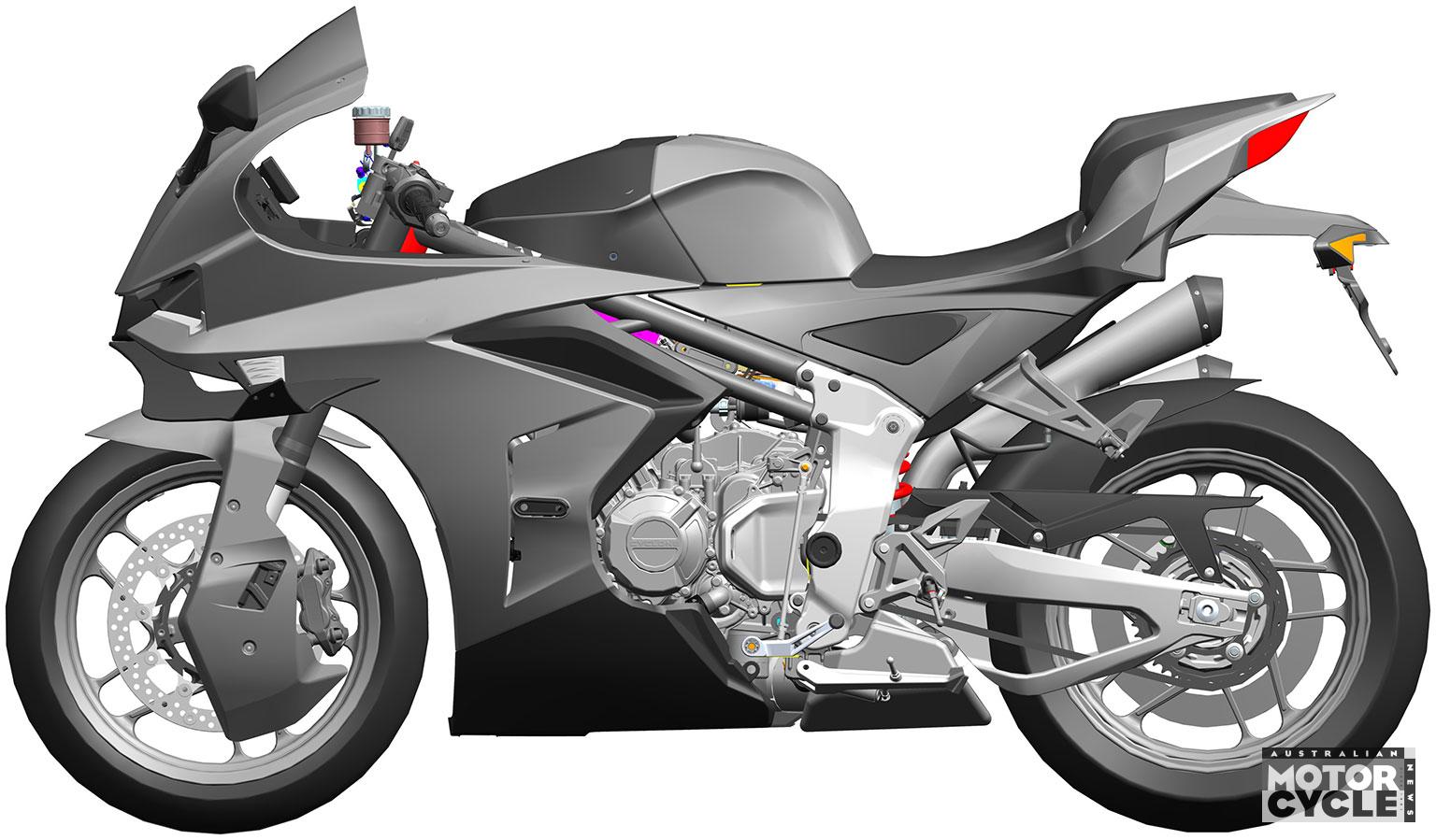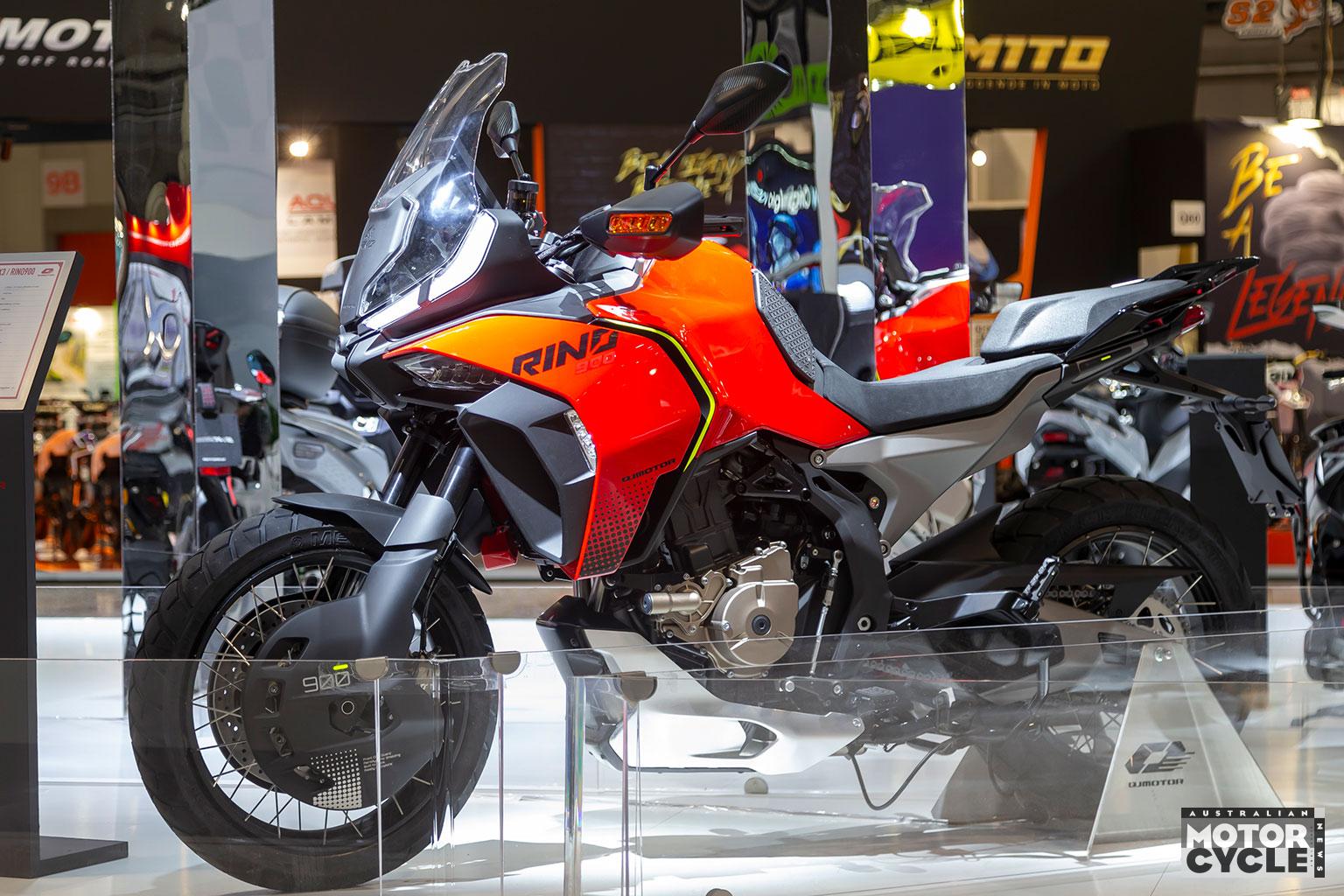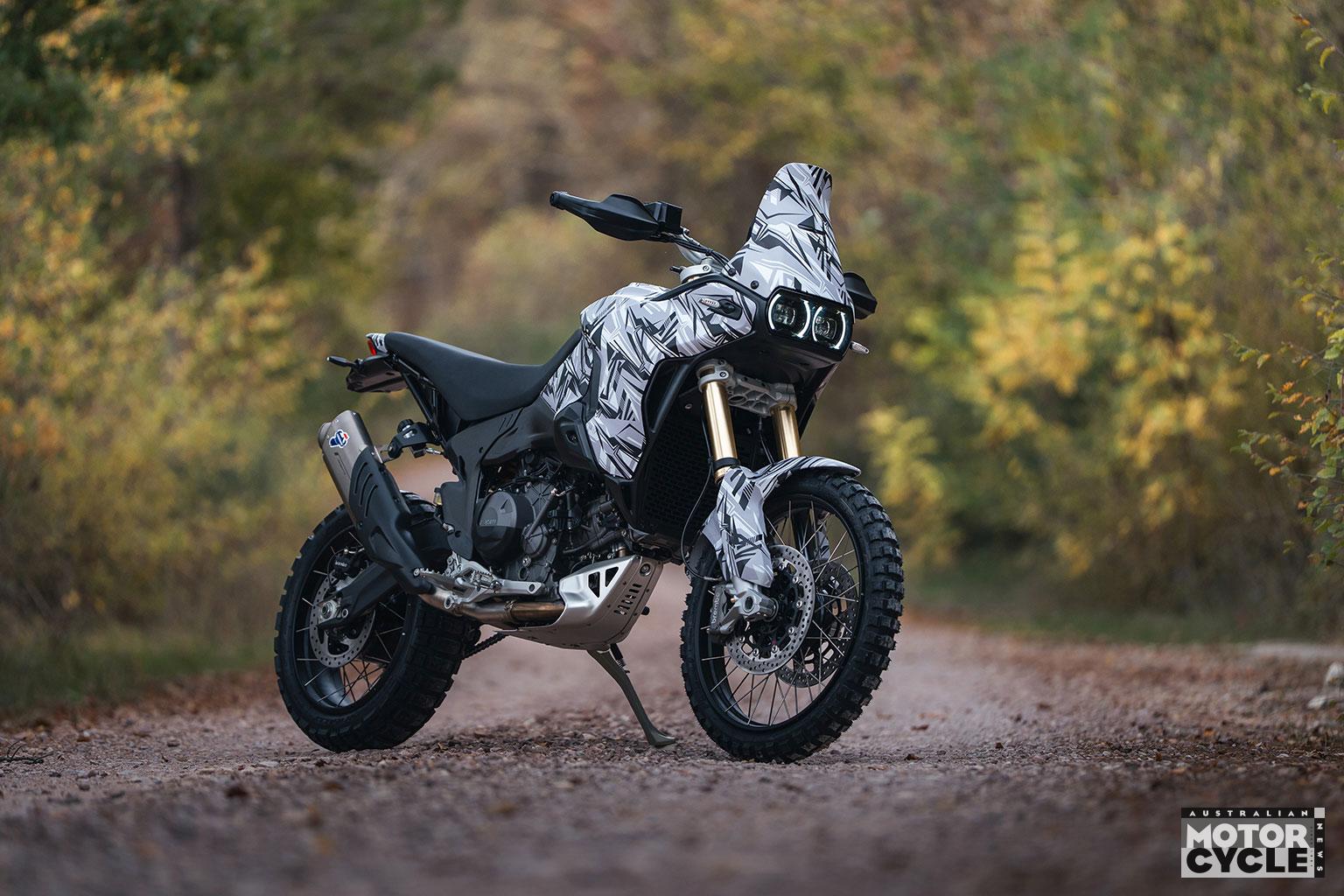New engine, new chassis, new tech for completely redesigned Multistrada
We’ve already seen Ducati’s new 890cc V-twin engine replace the old 955cc Superquadro motor in the new-generation Panigale V2 and Streetfighter V2 machines and now it’s starting to supersede the 937cc Testastretta 11° twin as well – finding a home in the all-new 2025 Multistrada V2.
It’s a move that clearly demonstrates the rationalisation plan at Ducati that is expected to see the new 890cc engine – which is simply called the ‘V2’ rather than carrying a more emotive name like Superquadro or Testastretta – become the company’s sole V-twin engine apart from the 803cc air-cooled motor used in the Scrambler range. It suggests that over the coming months we’re also likely to see other Testastretta-equipped bikes like the Hypermotard 950 and DesertX make the switch to the new V2 motor.

In terms of outright performance, the new engine isn’t a million miles from the Testastretta it replaces in the Multistrada V2. Power peaks at 85kW instead of 83kW but needs substantially more revs to get there – 10,750rpm rather than 9000rpm. Torque is slightly down from 96Nm to 92.1Nm, and again peaks at higher revs, 8250rpm instead of 7750rpm, thanks to the new engine’s smaller displacement. But this is an engine that’s purpose-made for the latest emissions rules around the world, and one that’s at the start of its development arc, while the Testastretta has already been revamped many times in its long history.
It’s much lighter than the Testastretta, too, contributing to a remarkable 18kg weight reduction for the new 2025 Multistrada V2 compared to its predecessor, and it marks a major change in Ducati’s engineering concepts – it’s the first V-twin from the company in more than 50 years not to use desmodromic valve actuation. Instead there are conventional valve springs and chain-driven double overhead camshafts operating the valves via finger followers. The intake camshaft has variable valve timing, helping give a broad spread of performance – Ducati claims 75% of the torque is available all the way from 3500rpm to 11,000rpm.

But the engine is just the start of the changes to the Multistrada V2. It’s a completely new bike, even though Ducati’s persistence with the ‘family’ styling that links it to both its predecessor and the Multistrada V4 means it’s not radically different in appearance to the model that came before it.
Like the Multistrada V4, the new V2 model has a cast aluminium monocoque chassis, replacing the steel trellis of the previous Multistrada V2 and marking another move away from tradition and towards the future. The subframe is still a steel trellis design, and sits above a new cast alloy swingarm acting on a Sachs monoshock. The forks are from Marzocchi, 45mm in diameter, and both ends are fully adjustable.

Buyers opting for the more expensive Multistrada V2 S get electronic, semi-active suspension with Ducati’s Skyhook system to help reduce squat and dive as well as smoothing out the bumps. It also brings a ‘minimum preload’ setting, accessible at the touch of a button, to drop the ride height by 20mm and make it easier to reach the ground. With the standard ride height and seat, the seat height is adjustable between 830mm and 850mm, while optional low and high seats can extend those extremes from 810mm to 870mm. Add the V2 S’s minimum preload setting to the optional low seat, and you can get the seat height down as low as 790mm.
Standard kit includes a quickshifter, cornering ABS and traction control, wheelie control and engine brake control, five riding modes, four power modes, three display settings for the new 5-inch TFT instrument panel, and cruise control. Both the V2 and V2 S use a 19in front and 17in rear wheel, as before, with the cast alloys standard but wire wheels available from the options catalogue.

The base bike starts at $26,100 AUD, which is $1500 AUD more than the previous Multistrada V2, while the V2 S is $29,200 AUD, up from $27,400 AUD for the 2024 model. Thanks to the 18kg weight reduction from the new engine and chassis, the standard Multistrada V2 now slides below the 200kg mark, weighing in at 199kg. The electronic suspension of the V2 S takes it to 202kg.
